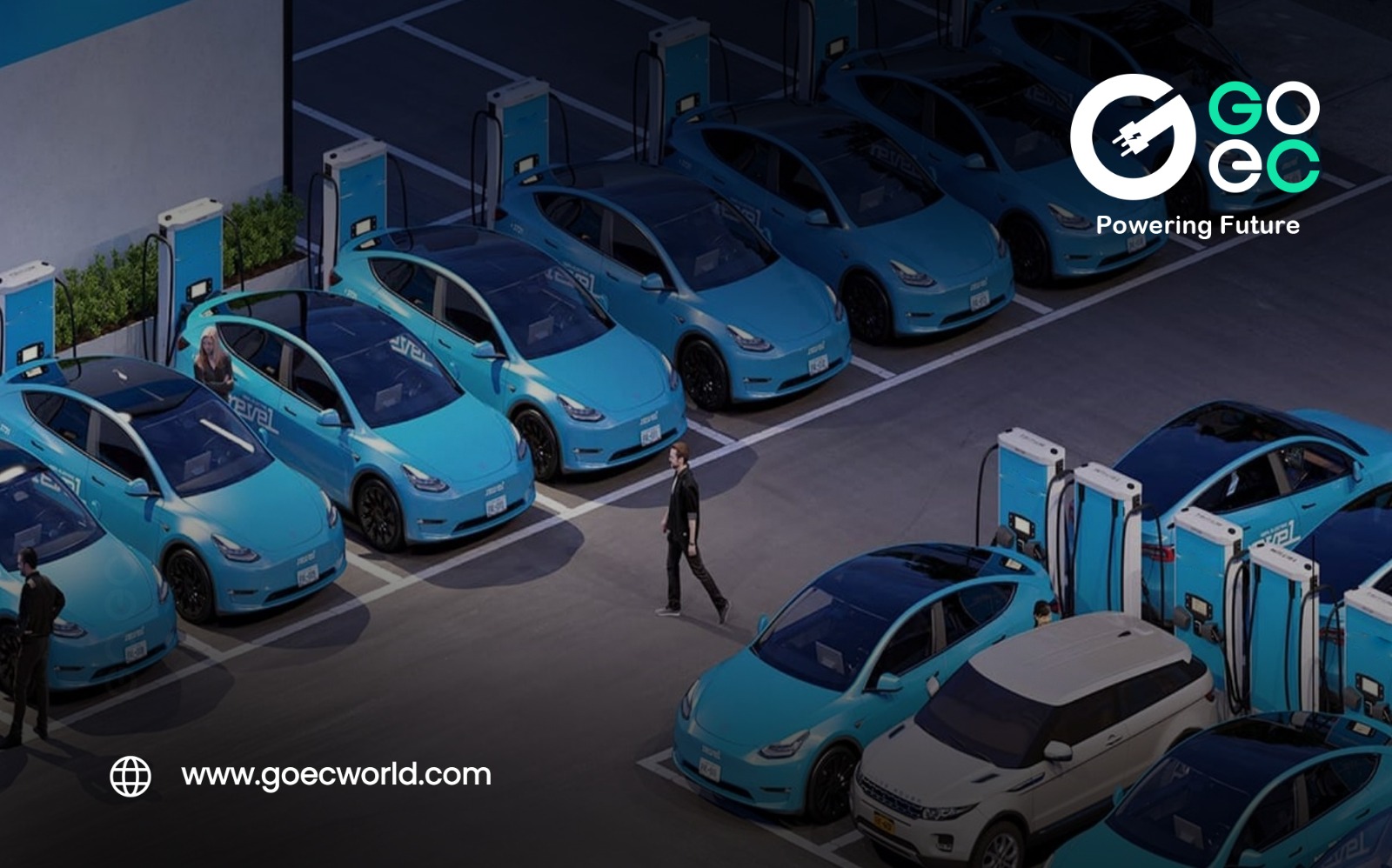Introduction:
As the world embraces the transition to electric vehicles (EVs), fleet owners face new challenges and opportunities. With the increasing demand for sustainable transportation, it’s essential for fleet owners to understand the ins and outs of electric vehicle charging. In this comprehensive guide, we will explore the key considerations and best practices for fleet owners when it comes to implementing and managing EV charging infrastructure for their fleets.
- The Benefits of Electrifying Your Fleet:
– Reduced operating costs: Exploring the cost savings associated with electric vehicles, including lower maintenance and fuel expenses.
– Environmental impact: Highlighting the positive environmental benefits of transitioning to electric fleets, such as reduced carbon emissions and improved air quality.
– Competitive advantage: Discussing the potential advantages and market differentiation that electric fleets can offer to businesses.
- Understanding Electric Vehicle Charging Infrastructure:
– Types of charging stations: Explaining the differences between Level 1, Level 2, and DC fast charging stations, including their charging speeds and compatibility.
– Charging network considerations: Discussing the importance of choosing a reliable charging network provider and the benefits of access to a widespread charging infrastructure.
– Charging station installation: Providing insights into the installation process, including site assessment, electrical requirements, and permits.
- Assessing Fleet Charging Needs:
– Calculating charging requirements: Guiding fleet managers on estimating their charging needs based on the fleet’s size, vehicle range, and daily mileage.
– Identifying optimal charging locations: Discussing factors such as depot charging, workplace charging, and on-route charging to determine the most suitable charging infrastructure for the fleet’s operations.
– Balancing charging demand: Addressing strategies to manage charging demand effectively, such as scheduling charging sessions and load management.
- Charging Management and Optimization:
– Fleet charging management software: Highlighting the importance of utilizing fleet charging management software for monitoring, controlling, and optimizing charging sessions.
– Smart charging capabilities: Explaining the benefits of smart charging, including load balancing, demand response integration, and peak/off-peak charging.
– Data analytics and reporting: Discussing the value of collecting and analyzing charging data to optimize fleet operations, track energy usage, and identify cost-saving opportunities.
- Charging Infrastructure Maintenance and Support:
– Preventive maintenance: Providing guidance on regular inspections, cleaning, and upkeep of charging stations to ensure their optimal performance.
– Troubleshooting and support: Addressing common charging issues, recommended troubleshooting steps, and the importance of reliable customer support from charging station manufacturers and network providers.
- Evolving Trends and Future Considerations:
– Wireless charging advancements: Discussing the potential of wireless charging technology and its impact on fleet charging infrastructure.
– Vehicle-to-Grid (V2G) integration: Exploring the concept of V2G, its benefits, and how fleet managers can leverage it to generate revenue and support the grid.
Conclusion:
Transitioning to electric vehicle fleets requires careful planning and understanding of the charging infrastructure. By considering the benefits, assessing charging needs, implementing smart charging strategies, and staying abreast of evolving trends, fleet managers can successfully navigate the electrification journey. Embracing electric vehicle charging not only contributes to a sustainable future but also offers various advantages for fleet operations, cost savings, and environmental impact.
